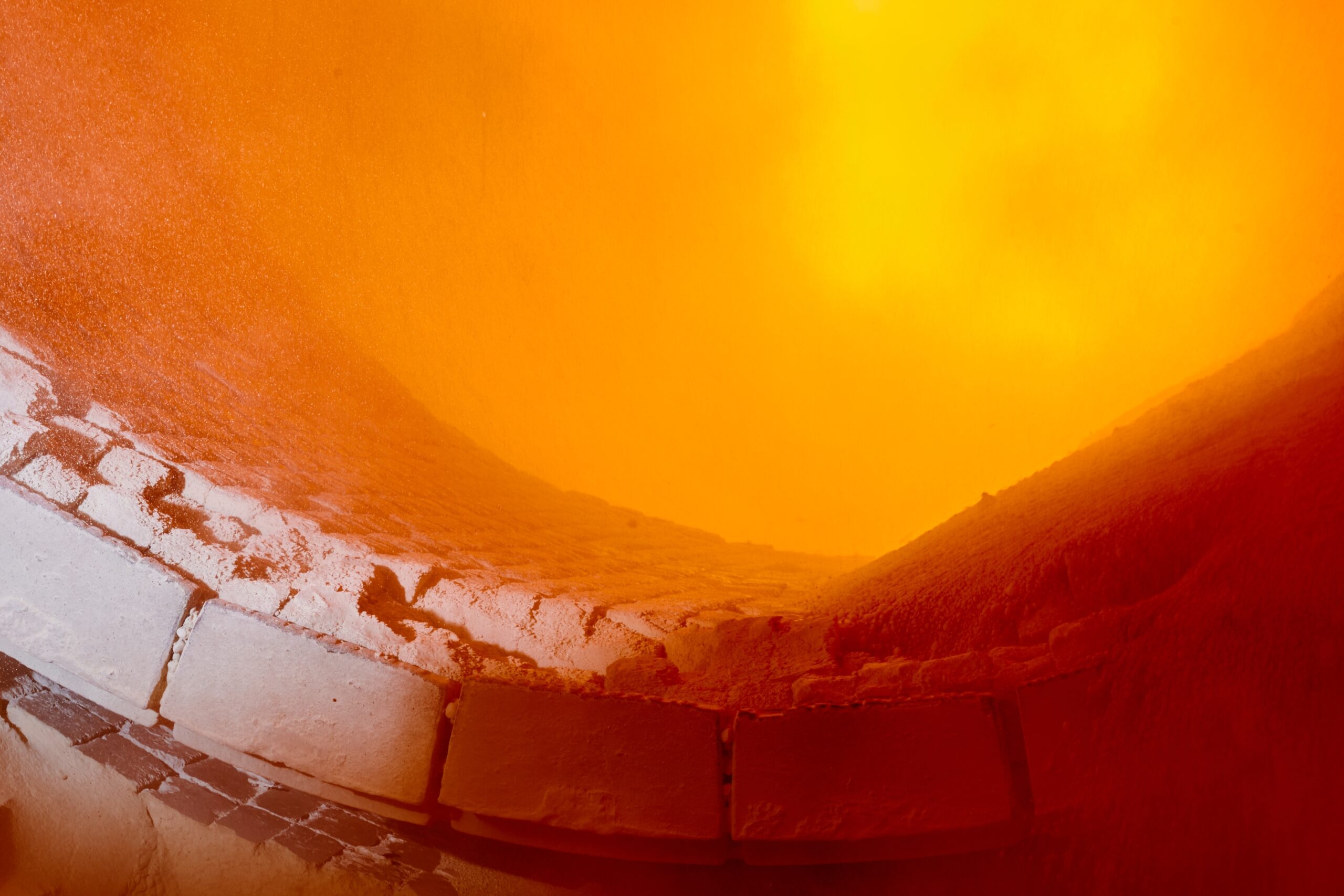Hypersonic Materials Training Program
ACerS has partnered with the United States Advanced Ceramics Association (USACA) to create a comprehensive hypersonic materials training program to target those working in industry, national labs, DOD agencies, and others working in the field who may be outside the reach of academic programs.

On-Demand Catalog
Expanded online courses now available on-demand. Learn from leading experts in ceramic and glass materials science. Convenient and safe learning to fit your schedule.
Ohio TechCred
Learn how you can use TechCred to access ACerS and Edward Orton Ceramic Foundation training to benefit your Ohio-based employees.
ACerS Certificate Program
The American Ceramic Society is pleased to offer our ACerS Learning Center Certificate Program, designed for those looking to broaden their skill set and achieve career growth.
Webinars

Casting a New Perspective, Digital Fabrication and Craft
Speaker:
Prof. Chaz Martinsen, Visiting Assistant Professor of Art, Department of Art and Archaeology, Hood College
Hosted by: ACerS Washington DC/Maryland/Virginia Section
Free to ACerS Members

Navigating a scientific career in the National Labs
Speaker:
Dr. Rama Vasudevan, Oak Ridge National Laboratory
Hosted by: ACerS President’s Council of Student Advisors (PCSA)
Free to ACerS Members

Advanced Ceramic Processing at NIST: Ceramic Additive Manufacturing, Cold-Sintering, and Defect Metrology
Speaker:
Dr. Russell Maier, Materials Research Scientist, NIST, Gaithersburg, MD
Hosted by: ACerS Washington DC/Maryland/Virginia Section
Free to ACerS Members
Questions? Have a great idea for a course?
Contact ACerS materials science specialist Madilyn Paul at mpaul@ceramics.org.




